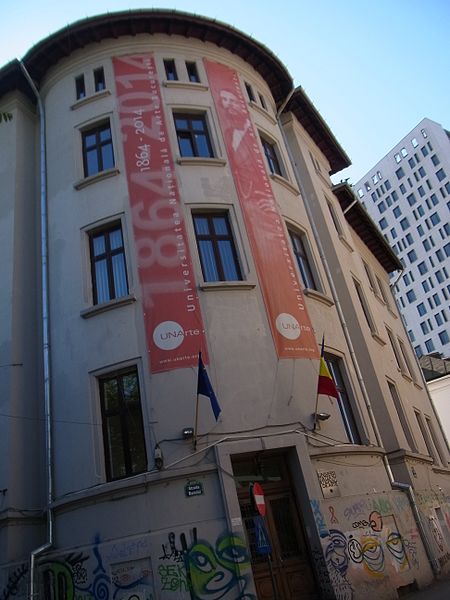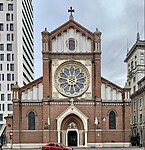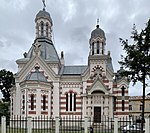Bucharest National University of Arts
1864 establishments in RomaniaArt schools in RomaniaArts organizations established in the 1860sBucharest National University of ArtsEducational institutions established in 1864

The National University of Arts in Bucharest (Romanian: Universitatea Naţională de Arte) is a university in Bucharest preparing students in fine arts. The National University of Arts is a higher education institution in Bucharest.
Excerpt from the Wikipedia article Bucharest National University of Arts (License: CC BY-SA 3.0, Authors, Images).Bucharest National University of Arts
Strada General Constantin Budișteanu, Bucharest
Geographical coordinates (GPS) Address External links Nearby Places Show on map
Geographical coordinates (GPS)
| Latitude | Longitude |
|---|---|
| N 44.442895 ° | E 26.091403 ° |
Address
Universitatea Națională de Arte
Strada General Constantin Budișteanu
010772 Bucharest (Sector 1)
Romania
Open on Google Maps










